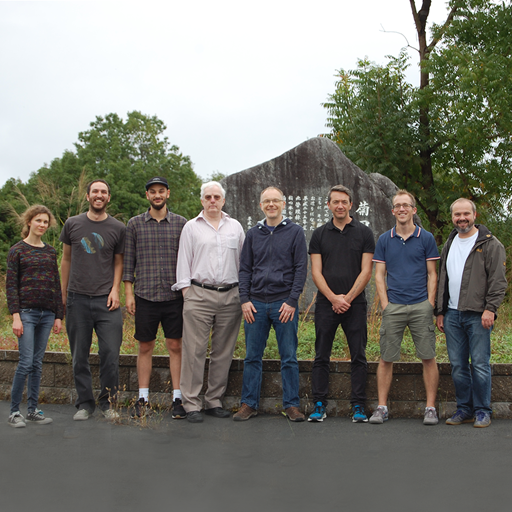Following a successful first experiment at the end of 2017, the international team led by Dr Mike Hough, Dr Jonathan Worrall and Dr Richard Strange from the School of Life Sciences have been granted further access this year to the X-ray free-electron laser (XFEL) facility SACLA, one of the world's brightest sources of x-rays, based in Hyogo, Japan.
Dr Hough said: ""The incredibly bright pulses of X-rays produced by the SACLA XFEL allow us a unique opportunity to understand how the structure of enzymes change over extremely short timescales (thousandths to millionths of a second) as they catalyse chemical reactions. We aim to exploit this to make three dimensional movies of enzymes in action".
The team includes Essex PhD students Tadeo Moreno Chicano and Ali Ebrahim as well as researchers from Diamond Light Source, Harwell, the University of Oxford and the Japanese national research agency RIKEN who will continue to conduct experiments in how proteins are involved in bioremediation (the use of microbes to clean up contaminated soil or groundwater).
SACLA's extremely intense X-ray flashes allow unprecedented insights into the structure and dynamics of enzymes and proteins,which means the team can analyse proteins involved in the bioremediation of toxic pollutants, biofuel production and the removal of nitrogen compounds from fertilised soil.
The research is at the forefront of modern biology and the team's work places them in a strong position to take part in the new European XFEL project in Hamburg.
Find out more about SACLA here.
This work is supported by a recent BBSRC Japan Partnering Award to the Essex team.





